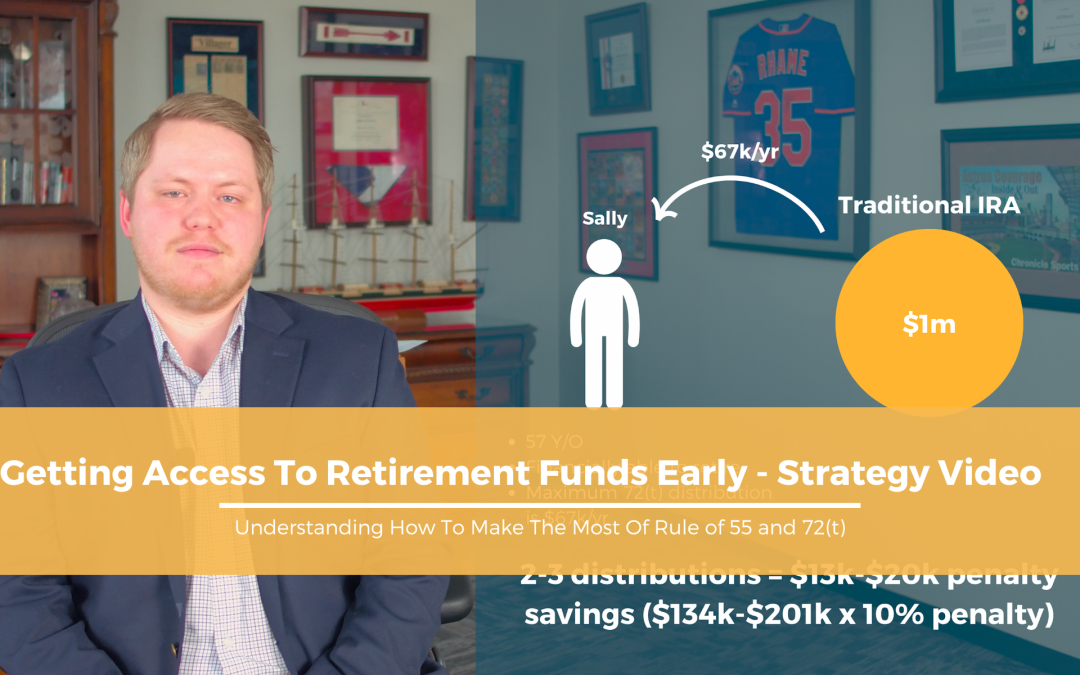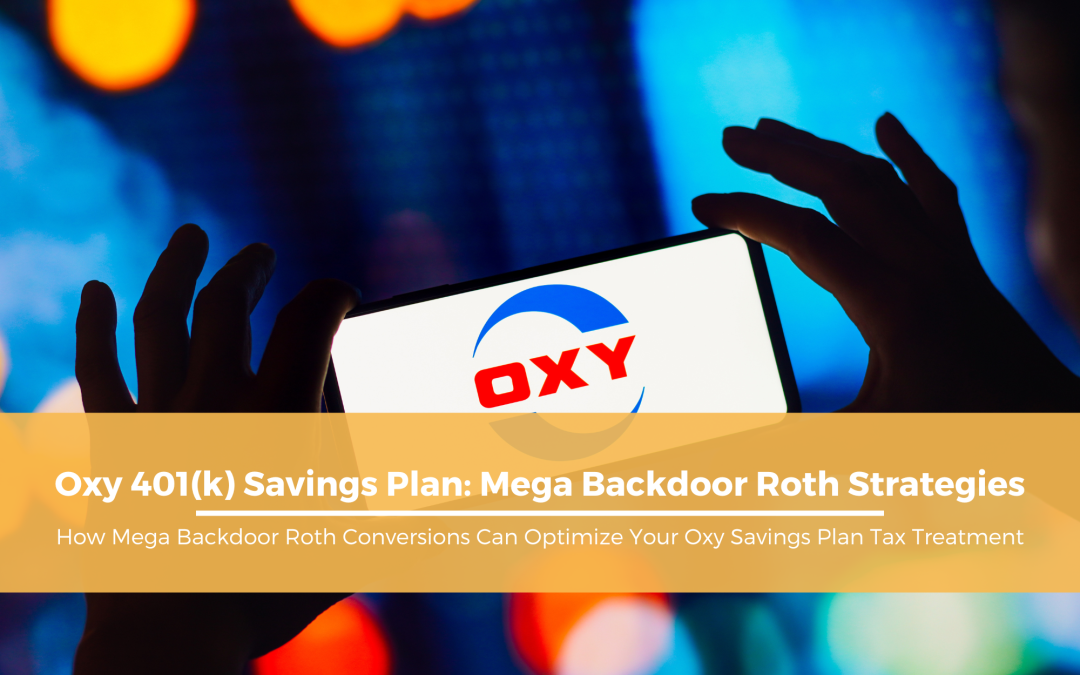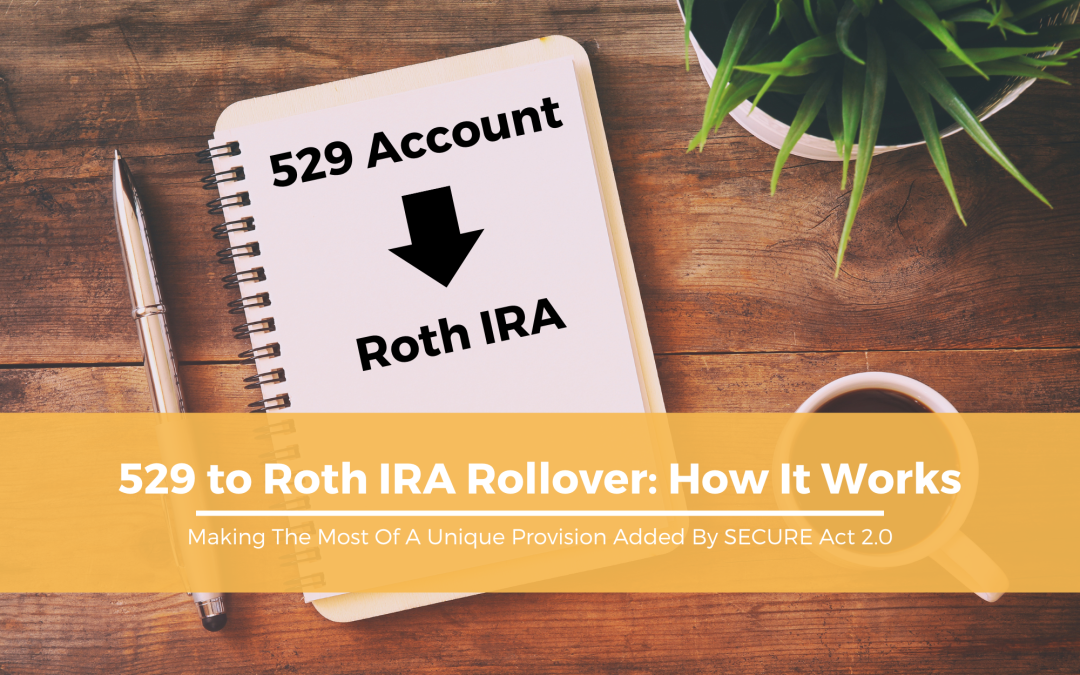Should Baker Hughes Employees Invest In The ESPP?
A Guide To Maximizing Your Baker Hughes Employee Stock Purchase Program
Baker Hughes employees have the opportunity to invest in the company through the Employee Stock Purchase Program (ESPP). But what exactly is the ESPP, and is it a good investment opportunity for you? In this article, we’ll dive into the details of the Baker Hughes ESPP and help you decide if it’s a smart investment for your financial future.
What Is An ESPP?
An Employee Stock Purchase Plan (ESPP) is a benefit offered by some companies to their employees that allows for the purchase of company stock at a discounted price, typically through payroll deductions. The goal of an ESPP is to give employees a stake in the company’s success and to incentivize them to stay with the company long-term.
How Does The Baker Hughes ESPP Work?
The Baker Hughes ESPP allows eligible employees to purchase company stock at a 15% discount from the market price. Employees can contribute up to $12,000 ($3,000 each quarter) per year.
Employees can enroll in the ESPP once per quarter. Contributions are deducted on an after-tax basis from payroll. The stock is purchased at a 15% discount on the last day of trading each quarter. Employees can then choose to hold onto the stock or sell it for an immediate profit.
Is the Baker Hughes ESPP a Good Investment?
The answer to this question is almost always yes, but it depends on several factors, including your financial goals, risk tolerance, and the current state of the stock market.
Benefits of Investing in the Baker Hughes ESPP
There are multiple benefits for employees participating in the Baker Hughes ESPP, the most notable being the 15% discount.
Discounted Stock Price
The primary advantage of the Baker Hughes ESPP is the discounted stock price. The Baker Hughes ESPP is structured so that it is a 15% discount from the last trading day of each quarter. This is a massive benefit for Baker Hughes employees and opens the door for the opportunity to realize an immediate gain, even if the stock price does not increase.
No Broker Fees
The program allows for stock purchases without any brokerage commissions or fees.
Flexible Participation
There is no mandatory holding period for the stocks once purchased, providing flexibility to the employees.
Risks of Investing in the Baker Hughes ESPP
While the benefits of the ESPP outweigh the drawbacks, there are a few risks to keep in mind.
Stock Market Fluctuations
As with any stock investment, there is always a risk of market fluctuations. If the stock price decreases, employees may lose money on their investment. It’s important to consider your risk tolerance and the current state of the stock market before investing in the Baker Hughes ESPP.
Limited Diversification
Investing in the Baker Hughes ESPP means putting a significant portion of your investment portfolio into one company’s stock. This lack of diversification can be risky, as the success of your investment is tied to the success of the company. However, as stated above, an employee can sell the stock immediately for a gain and reinvest those funds in a diversified portfolio.
Tax Pitfalls
If the rules outlined below are not followed, Baker Hughes employees can find themselves with an unexpected increase to ordinary income.
Taxation
Gains on Baker Hughes stock within the ESPP may be treated as long-term capital gains if held long enough. Capital gains rates are generally lower than ordinary income rates. In order to receive this preferential treatment on the ESPP, the two conditions for a “qualifying disposition” must be met:
- The stock must be held for at least 1 year from the purchase date AND
- The stock must be held at least 2 years from the offering date
For Baker Hughes, the offering date is defined as the first day of each quarter. Since the purchase date is the last day of each quarter, Baker Hughes employees must hold the stock for a year and 3 quarters from the purchase date in order to receive preferential capital gains treatment on the appreciation.
In a typical brokerage account, the only requirement to receive long-term capital gains treatment is to hold the stock for at least year. This fact adds to the argument for selling the discounted ESPP stock immediately and investing the proceeds into a diversified portfolio.
It is also worth noting that the value of the 15% discount will be taxed as ordinary income to the employee when the stock is sold, regardless of how long it is held. We have provided an illustration of the taxation of ESPP stock below:
For more information on the taxation of stock compensation, please refer to our article on the topic.
Conclusion
The Baker Hughes ESPP is a valuable opportunity for employees to invest in company stock at a discount. However, it’s important to be strategic when deciding how to manage the stock within the ESPP. As always, consult with your financial advisor to maximize the Baker Hughes ESPP, avoid tax pitfalls, and achieve the retirement you envision.
Need Some Help?
If you’d like some help from one of our CPAs or CERTIFIED FINANCIAL PLANNER (CFP®) advisors, the Rhame & Gorrell Wealth Management team is here to help.
Our experienced Wealth Managers can help you review your financial and tax situation and come up with a custom tax optimization strategy going forward – all at no cost to you!
Feel free to contact us at (832) 789-1100, [email protected], or click the button below to schedule your complimentary in-person or virtual strategy session today.
IMPORTANT DISCLOSURES:
Rhame & Gorrell Wealth Management is not affiliated with or endorsed by Baker Hughes
Rhame & Gorrell Wealth Management, LLC (“RGWM”) is an SEC registered investment adviser with its principal place of business in the State of Texas. Registration as an investment adviser is not an endorsement by securities regulators and does not imply that RGWM has attained a certain level of skill, training, or ability.
This material has been prepared for informational purposes only, and is not intended to provide, and should not be relied on for, tax, legal or accounting advice. You should consult your own CPA or tax professional before engaging in any transaction. The effectiveness of any of the strategies described will depend on your individual situation and should not be construed as personalized investment advice.
For additional information about RGWM, including fees and services, send for our Firm Disclosure Brochures as set forth on Form ADV Part 2A and Part 3 by contacting the Firm directly. You can also access our Firm Brochures at www.adviserinfo.sec.gov. Please read the disclosure brochures carefully before you invest or send money.








